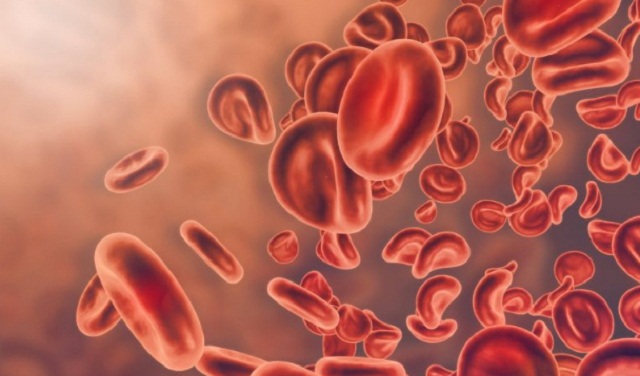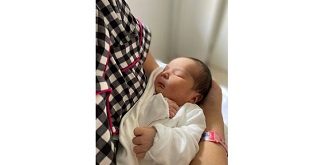
science of stealing youth
Science has come a long way since Pope Innocent VIII, so what has led these modern scientists to try what appears to be a modern version of a very similar experiment?
The roots of both these companies lie in experiments in “parabiosis” (from Greek par meaning alongside, and bios meaning life) – a technique that dates back to the 1864 physiologist Paul Bert.
Bert surgically spliced animals together in his lab, so that two animals shared a single blood supply. This grizzly practice provides an opportunity to find out how soluble blood factors affect various bodily functions.
A group at Stanford University, led by Thomas Rando, and including Irina Conboy, found in 2005 that when they joined the bodies and circulations of old and young mice, the muscle and liver cells in the old mice were able to regenerate as well as those in their younger counterparts.
Several experimental avenues led the researchers to conclude that the factor involved was circulating in the blood, although its identity was not known.
In 2007, Tony Wyss-Corayanalysed the plasma proteins of patients with Alzheimer’s disease along with those from healthy people over a number of years. He found that levels of proteins in the blood change with age, some increasing, others decreasing.
His doctoral student at the time, Saul Villeda, looked at effects of parabiosis on the brain and found that the old mice in the pairs enjoyed more brain connection, and the brains of the young mice physically deteriorated.
But it was hard to test how well these brains worked in practice, because measuring an old mouse’s ability to find its way through a maze is difficult when it is physically attached to a young mouse, who may be leading the way!
There are other problems with the interpretation of parabiosis experiments. Old animals have access to the effects of younger organs, and their brains may also benefit from the environmental enrichment of being paired with a younger animal.
The search was on for what factor or factors may be responsible for the dramatic effects seen in parabiosis experiments, and to find if their rejuvenating effects could be replicated without the inconvenience of sharing a circulatory system. There are a few molecular suspects so far.
A protein known as GDF 11 is one contender for the title of “youth protein”. In 2013, researchers Amy Wagers and Richard Lee found that this protein from the blood of young mice can reverse the symptoms of heart failure in older mice. A year later they showed that GDF 11 appeared to act on skeletal muscle stem cells and enhance muscle repair.
Other studies have disagreed, suggesting that GDF 11 in fact increases with age and inhibits muscle repair. There are several technical reasons why these studies differ, and further studies may shed light on the role of GDF 11 and similar proteins.
In 2014, researchers Saul Villeda, Tony Wyss-Coray and their team found that exposing an old mouse to young blood can decrease apparent brain age. The effects were seen not only at the molecular level, but also in the structures of the brain, and in several measures of learning and memory.
In this case, the effects were controlled by a specific protein in the brain known as Creb (cyclic AMP response binding element), although the stimulating factor in the blood was not identified.
The development and control of the brain involves numerous molecular signals, and a recent study has found yet another link between young blood and brain development. A protein in the brain, Tet2, declines with age, but mice whose brains have been given a boost of Tet2 are able to grow new brain cells and they improve at mouse-learning tasks.
Such a boost in Tet2 can be provided by the presence of young blood because in these experiments, old mice who are joined to young mice in a parabiosis have an increase in Tet2 in their brain. This provides yet another clue to the mechanism by which young blood acts on the brain.
 The Independent Uganda: You get the Truth we Pay the Price
The Independent Uganda: You get the Truth we Pay the Price


